Some of the most dangerous animals on Earth don’t look dangerous at all. In fact, many of them appear gentle, cute, or even downright cuddly. But beneath that harmless exterior lurks a deadly secret—venom, strength, or behavior that can make them unexpectedly lethal. Here’s a look at 10 animals that may fool you with their appearance, but definitely shouldn’t be underestimated.
Blue-Ringed Octopus
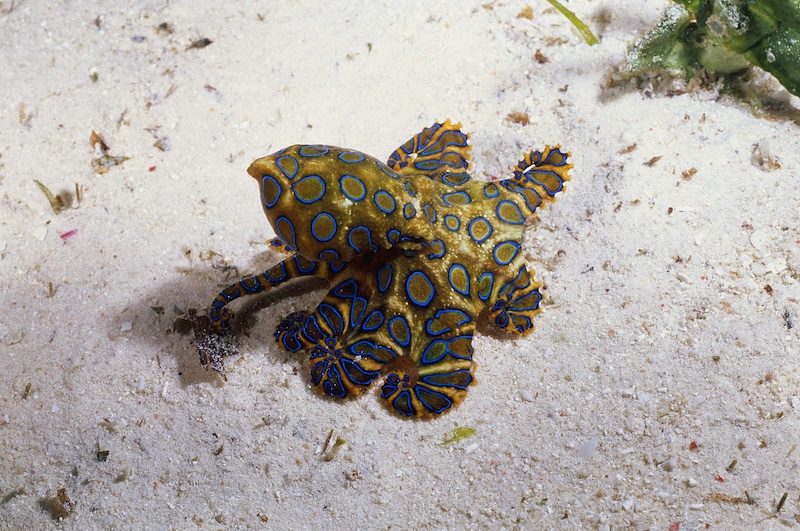
This tiny octopus, about the size of a golf ball, boasts bright blue rings that seem more decorative than dangerous. But don’t be fooled. The blue-ringed octopus carries enough venom to kill 26 humans in minutes. Its bite is painless, but its neurotoxin can cause paralysis and respiratory failure.
Slow Loris
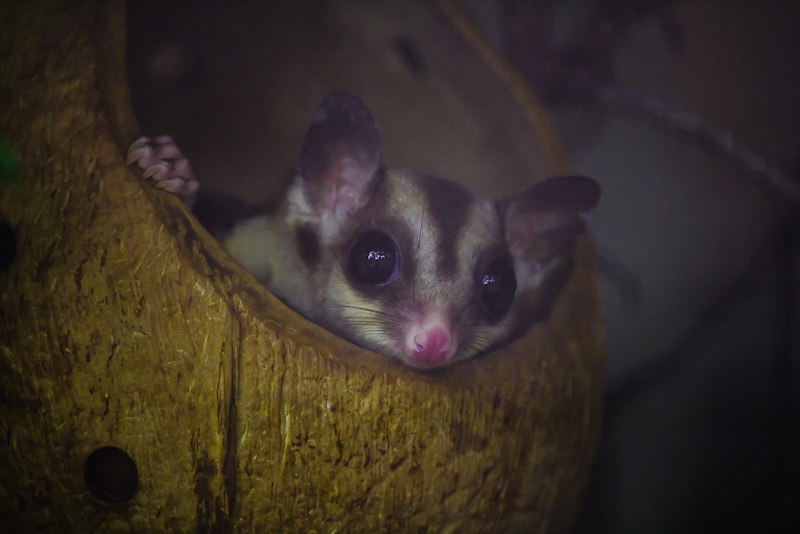
With wide eyes and a cuddly demeanor, the slow loris looks like a living stuffed animal. However, it’s one of the few venomous mammals. It secretes toxins from glands in its elbows and delivers them through its bite, which can cause anaphylactic shock and even death in humans.
Cone Snail
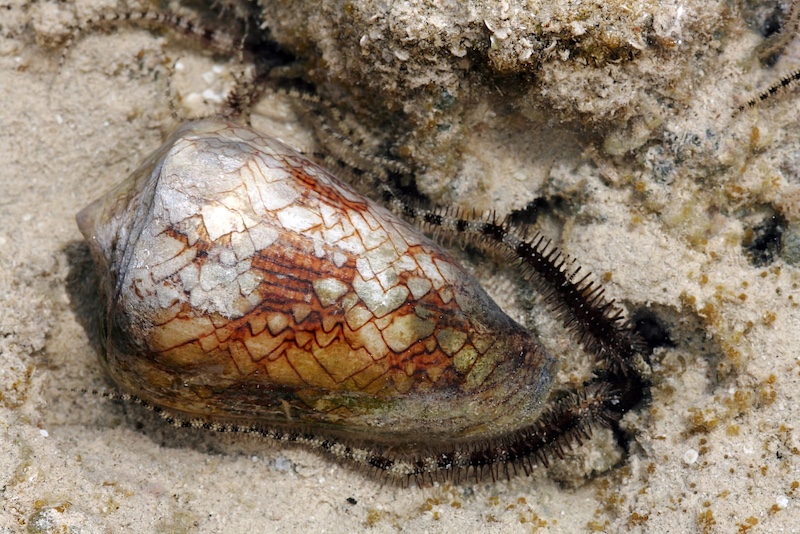
This unassuming sea snail, found in tropical waters, carries a shell that collectors love. But picking one up can be a fatal mistake. It uses a harpoon-like tooth to inject venom strong enough to paralyze and kill humans. There’s no known antivenom.
Cassowary
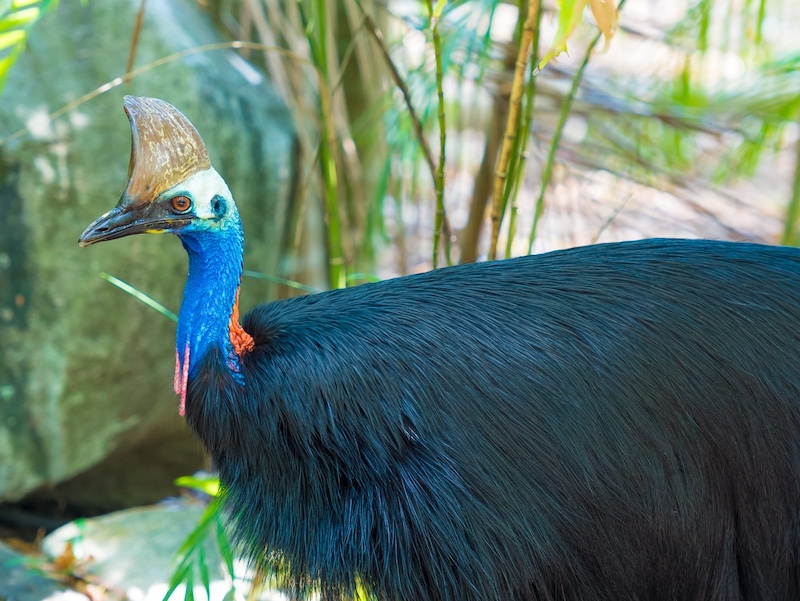
Looking a bit like a colorful ostrich, the cassowary is a large, flightless bird found in Australia and Papua New Guinea. While it may seem exotic and harmless, it’s known to be incredibly aggressive when provoked. Its dagger-like claws can cause serious injuries—and even death.
Pufferfish
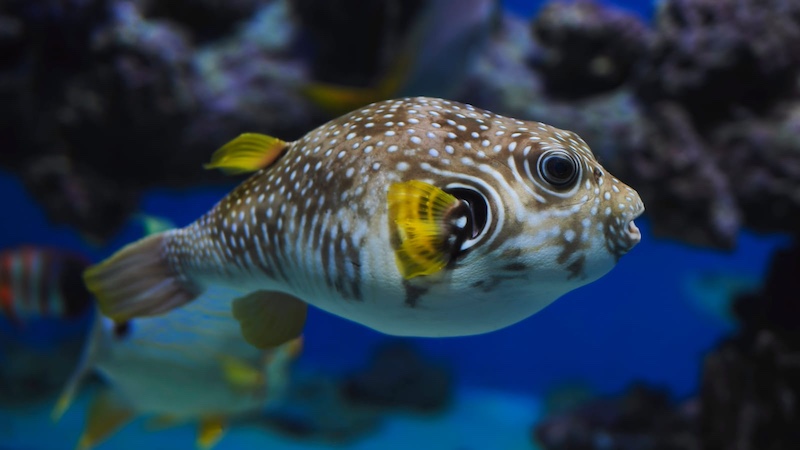
It’s cute, it puffs up, and it looks like a balloon with eyes. But the pufferfish is one of the most poisonous creatures in the ocean. Its organs contain tetrodotoxin, a neurotoxin 1,200 times more toxic than cyanide. One pufferfish carries enough poison to kill 30 adult humans.
Swan
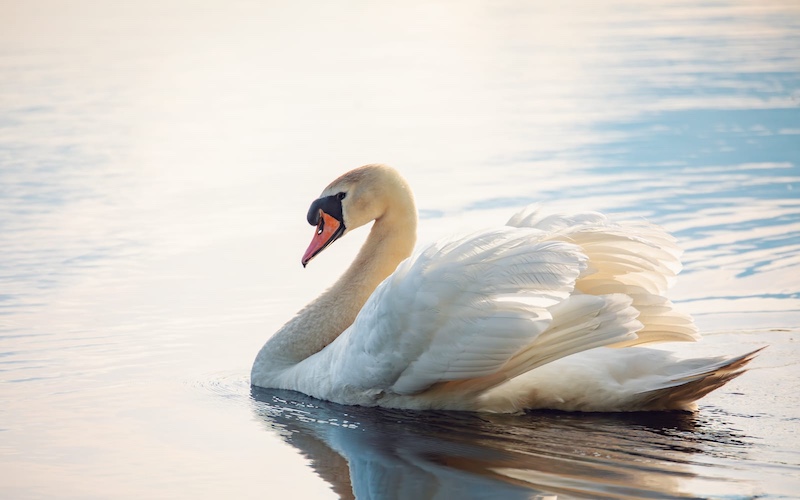
Elegant and graceful, swans are common in parks and lakes. But they’re highly territorial, especially during nesting season. Swans have been known to attack with powerful wings and sharp beaks. In rare cases, attacks have led to drowning when people fall into water trying to escape.
Leopard Seal
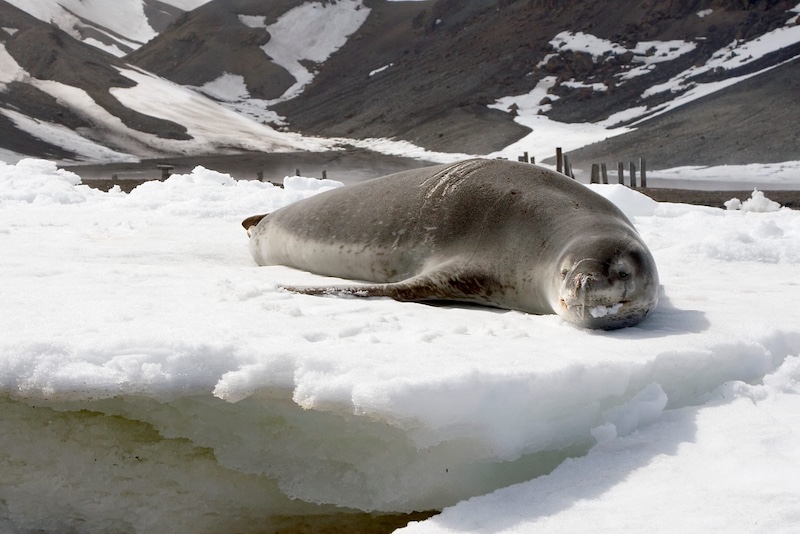
With a charming smile and sleek body, the leopard seal seems like an Arctic ambassador. But this predator is a serious threat to humans and other animals. It’s known to hunt penguins and has even attacked researchers. One fatal incident involved a leopard seal dragging a diver underwater.
Platypus

The platypus looks like a harmless mix between a duck and a beaver, but males have venomous spurs on their hind legs. While not usually deadly to humans, the venom can cause excruciating pain and swelling that lasts for weeks.
Poison Dart Frog
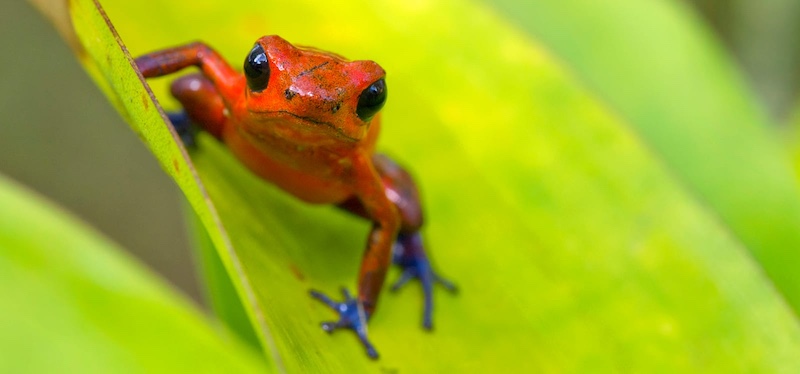
Bright and colorful, these tiny frogs are often featured in nature documentaries for their beauty. But their skin secretes batrachotoxin, a potent poison that can be absorbed through touch. Indigenous people once used the toxin to tip their hunting darts—hence the name.
African Buffalo

Looking like a large, docile cow, the African buffalo is anything but tame. Often referred to as “Black Death,” it is responsible for more deaths in Africa than lions. They’re extremely aggressive when threatened and can charge with enough force to flip vehicles.
- Please Note: This content was created with the assistance of AI and thoroughly edited by a human before publishing.

